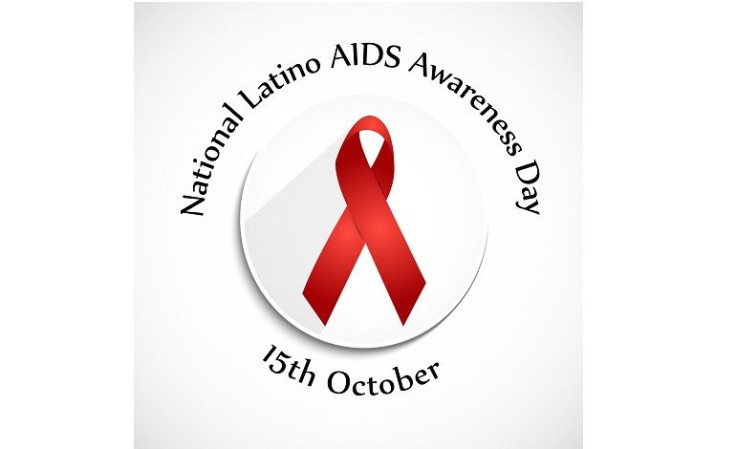
National Latino AIDS Awareness Day is an opportunity to reflect on the substantial burden that HIV places on the health and well-being of the Latino community and on the challenges facing Latinos when it comes to HIV prevention. This is also a moment to focus our collective commitment on advancing the solutions that can stem the spread of HIV within this population.
Latinos represent 17 percent of the U.S. population, and remain one of the populations hardest hit by HIV in the United States, accounting for 21 percent of new HIV infections. Although we now have more HIV prevention tools at our disposal than ever before, new Centers for Disease Control and Prevention (CDC) data released today clearly show that one of our most powerful tools for protecting people’s health and preventing new infections – HIV treatment – isn’t making its way to most Latinos who need it.
Data released today show that too few Latinos living with HIV are receiving necessary care and treatment. Among Latinos diagnosed with HIV, just over half were retained in care (54 percent). Fewer than half of those diagnosed have been prescribed antiretroviral therapy (44 percent) and just 37 percent have achieved viral suppression – meaning the virus is under control at a level that helps keep people healthy and reduces the risk of transmitting the virus to others.
These gaps in effective treatment and care play a significant role in the continued impact of HIV among Latinos and must be addressed to reverse the course of the epidemic. The Affordable Care Act and initiatives like the Ryan White Program help address financial barriers to HIV treatment and care, which is critically important for HIV prevention. And CDC is committed to tackling HIV among Latinos through high-impact prevention, which focuses on reaching the populations at highest risk with the strategies that can have the greatest effect. Key among these efforts are to diagnose HIV-positive individuals earlier, link them to effective care and treatment, and help them adhere to medication regimens.
CDC is working to increase HIV testing and awareness of the full range of HIV prevention strategies through national communication campaigns, including two recently developed specifically for Latinos – We Can Stop HIV One Conversation At A Time and Reasons/Razones. These campaigns are designed to encourage discussion about HIV risk, testing, and prevention, both in the community overall and among those groups most affected.
CDC also has several initiatives underway to accelerate prevention progress among gay and bisexual men, who now account for roughly 68 percent of new HIV infections among Latinos.
Through these and other efforts, CDC is collaborating with national and local community partners to address the social, economic, clinical, and structural factors influencing HIV health outcomes among Latinos and other minorities, including access to care, language barriers, stigma, and discrimination.
These various factors present a multi-faceted and complex issue. There is no magic remedy that will enable us to immediately wipe away the burden of HIV among Latinos. Through well-planned and effective collaboration, we all can contribute to making strides toward progress.
Let National Latino AIDS Awareness Day serve as a rallying point – the next step toward a community free of HIV. The treatments we have available can make people healthier and dramatically reduce the spread of HIV in this country. Now is the time to ensure everyone has the tools and the knowledge needed to get tested, and, if infected, to get on treatment and stay in care.
For more information on HIV, please visit www.cdc.gov/hiv. To find HIV testing locations near you, please call 1-800-CDC-INFO or visit www.hivtest.org.
© 2024 Latin Times. All rights reserved. Do not reproduce without permission.




